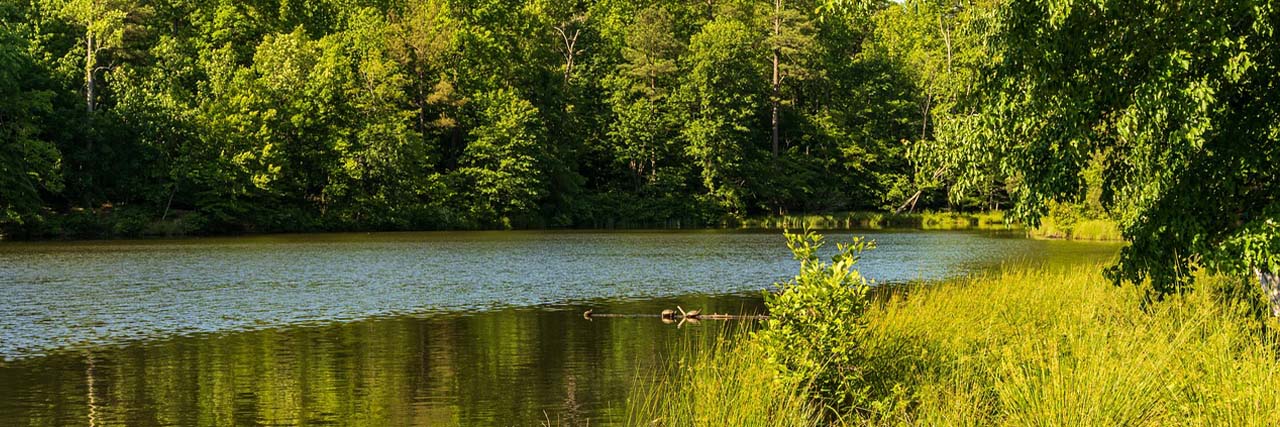Conservation Overview
Detailed Overview Report on Conservation
Introduction
Conservation refers to the responsible management and protection of natural resources, ecosystems, and biodiversity to ensure the sustainability of the environment for future generations. It encompasses a wide range of practices, policies, and strategies aimed at safeguarding wildlife, habitats, and natural resources from degradation, depletion, and extinction. This report provides a comprehensive overview of conservation, including its principles, types, challenges, strategies, and the importance of community involvement.
1. Principles of Conservation
A. Sustainable Use
Definition: Sustainable use involves utilizing natural resources in a way that meets current needs without compromising the ability of future generations to meet their own needs.
Application: This principle applies to forestry, fishing, agriculture, and wildlife management, promoting practices that balance ecological health and economic viability.
B. Biodiversity Preservation
Definition: Biodiversity encompasses the variety of life on Earth, including species diversity, genetic diversity, and ecosystem diversity.
Importance: Preserving biodiversity is crucial for ecosystem resilience, providing ecosystem services such as pollination, water purification, and climate regulation.
C. Ecological Integrity
Definition: Ecological integrity refers to the maintenance of healthy and functioning ecosystems that support diverse biological communities.
Goal: Conservation efforts aim to restore and protect ecological integrity by addressing habitat degradation, pollution, and invasive species.
2. Types of Conservation
A. In Situ Conservation
Definition: In situ conservation involves protecting species in their natural habitats. This approach focuses on preserving entire ecosystems.
- National parks and wildlife reserves.
- Marine protected areas (MPAs) for aquatic ecosystems.
B. Ex Situ Conservation
Definition: Ex situ conservation refers to the preservation of species outside their natural habitats, often in controlled environments.
- Zoos and botanical gardens that breed endangered species.
- Seed banks that store genetic material for future restoration efforts.
C. Community-Based Conservation
Definition: This approach involves local communities in conservation efforts, recognizing their role as stewards of the environment.
Benefits:
- Enhances local livelihoods through sustainable practices.
- Fosters a sense of ownership and responsibility for local resources.
3. Key Challenges in Conservation
A. Habitat Loss
Causes: Deforestation, urbanization, agricultural expansion, and infrastructure development lead to significant habitat destruction.
Impact: Habitat loss results in population declines, fragmentation, and increased extinction rates for many species.
B. Climate Change
Effects: Rising temperatures, changing precipitation patterns, and extreme weather events threaten ecosystems and species.
Adaptation: Conservation strategies must incorporate climate resilience, ensuring ecosystems can adapt to changing conditions.
C. Pollution
Types: Air, water, and soil pollution pose risks to wildlife and habitats.
Consequences: Pollutants can harm species directly and disrupt ecosystems, leading to biodiversity loss.
D. Overexploitation
Definition: Overharvesting of natural resources, including fishing, hunting, and logging, can lead to population declines and ecosystem degradation.
Examples: Unsustainable fishing practices threaten marine biodiversity, while illegal wildlife trade drives many species toward extinction.
E. Invasive Species
Impact: Non-native species can outcompete, prey on, or disrupt native species, leading to significant ecological shifts.
Management: Effective conservation requires monitoring and controlling invasive species to protect native biodiversity.
4. Conservation Strategies
A. Protected Areas
Establishment: Creating and managing protected areas, such as national parks and wildlife reserves, is a fundamental conservation strategy.
Effectiveness: Well-managed protected areas can preserve biodiversity, protect ecosystems, and provide recreational opportunities.
B. Restoration Ecology
Definition: Restoration ecology focuses on rehabilitating degraded ecosystems to restore their natural functions and biodiversity.
- Reforestation and afforestation.
- Wetland restoration and habitat enhancement.
C. Legislation and Policy
Legal Frameworks: National and international laws, such as the Endangered Species Act and CITES, provide legal protection for threatened species and habitats.
Policy Development: Effective conservation policies require collaboration among governments, NGOs, and local communities.
D. Research and Monitoring
Importance: Scientific research is essential for understanding ecosystems, species populations, and the effectiveness of conservation efforts.
Monitoring Programs: Long-term monitoring of species and habitats allows for adaptive management and informed decision-making.
E. Education and Awareness
Public Engagement: Raising awareness about conservation issues is crucial for garnering public support and participation.
Programs: Educational initiatives in schools and communities promote understanding of ecological issues and inspire action.
5. The Role of Communities in Conservation
A. Local Knowledge and Practices
Indigenous Practices: Indigenous communities often possess valuable traditional knowledge about sustainable resource management and ecological balance.
Community-Led Initiatives: Local involvement in conservation fosters stewardship and effective management of natural resources.
B. Economic Incentives
Sustainable Livelihoods: Providing economic alternatives, such as ecotourism, can incentivize communities to protect their natural resources.
Compensation Programs: Compensating communities for wildlife-related losses promotes coexistence and reduces conflict.
C. Capacity Building
Training and Empowerment: Empowering communities through training in sustainable practices and conservation techniques enhances their ability to participate in conservation efforts.
Collaborative Management: Joint management agreements between governments and local communities can lead to more effective conservation outcomes.
6. Case Studies in Conservation
A. Yellowstone to Yukon Conservation Initiative (Y2Y)
Overview: A transboundary conservation effort that connects protected areas from Yellowstone National Park in the U.S. to the Yukon in Canada, aiming to create a wildlife corridor for large mammals.
Impact: Facilitates migration and gene flow among species, enhancing ecosystem resilience.
B. Community-Based Conservation in Namibia
Overview: Namibia's community-based natural resource management (CBNRM) program empowers local communities to manage wildlife and benefit from ecotourism.
Results: Increased populations of elephants and other wildlife, improved local livelihoods, and reduced poaching.
Conclusion
Conservation is a multifaceted effort requiring collaboration among governments, NGOs, local communities, and individuals. Addressing the complex challenges facing ecosystems and biodiversity is essential for ensuring a sustainable future. By integrating sustainable practices, legal protections, community involvement, and public awareness, we can foster a harmonious relationship between humans and the natural world. Effective conservation efforts not only protect wildlife and habitats but also enhance the quality of life for present and future generations.
 Shop
Shop Info
Info Words
Words World
World






 Overview
Overview

